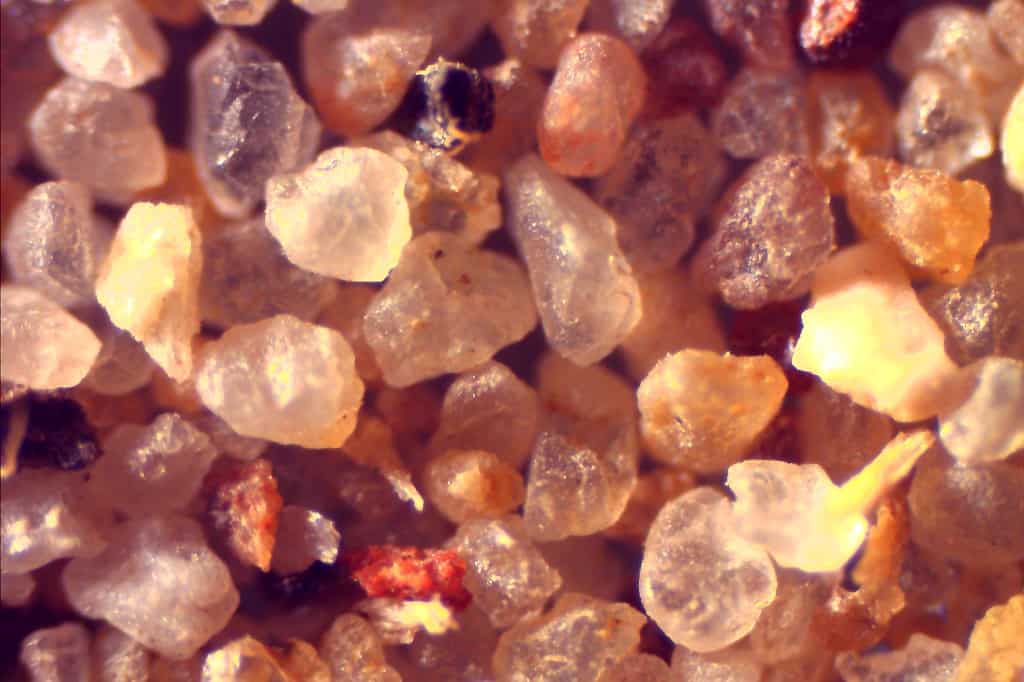Traditional Tadelakt Traditional Tadelakt (as well as all lime plasters) were applied directly to solid masonry or a wood lathe structure. They would achieve adhesion thru the suction action of the water from the plaster into the masonry or plaster/lathe substrate it was applied onto. These days cement and gypsum board surfaces do not offer
Our H-1 Binder solves many of today’s home building problems. As our natural resources become more precious, our landfills over flow, and plastics seem to be polluting nearly everything, we need to look at how we build differently. Can building be done with a carbon reducing footprint? Can my plastic consumption be less? Will a
It’s crucial to use the appropriate materials during a historic restoration project. Using the wrong materials can spell doom for a restoration job and cause the building you were attempting to restore to deteriorate. When repointing old homes, lime putty mortar is one of the most reliable and compatible mortars you can use. The typical
Proper Ratio of Lime to Sand We hear the question often, “What ratio of lime to sand should I use?” Our answer, “We don’t know what the void space of your sand is.” There are thousands and thousands of sands across the USA. Within those myriad of sands, there are countless ways that manufactures sieve,
When traveling across the eastern coast of the United States, it’s not uncommon to see old, colonial homes in disrepair. They may appear fine at first glance, but when you look closer, you notice cracks, gaps, dusting, missing mortar, and even fully dissolved bricks. As their facades are slowly eaten away, it seems nothing is properly
General Project Conditions for Using Lime Mortar 1. Bedding and lime pointing mortar should be placed only if air and masonry temperatures are between 40°F (4°C) and 80°F (27°C), and the air is relatively calm. Conditions must remain so for at least 48 hours after completion of work. If conditions are not within these parameters,




